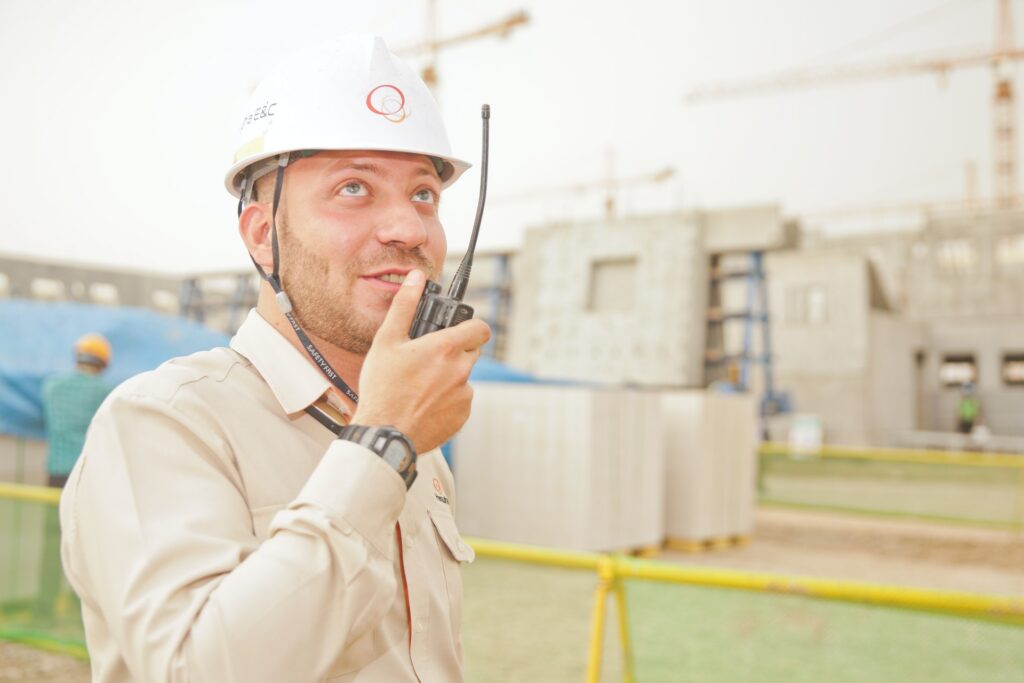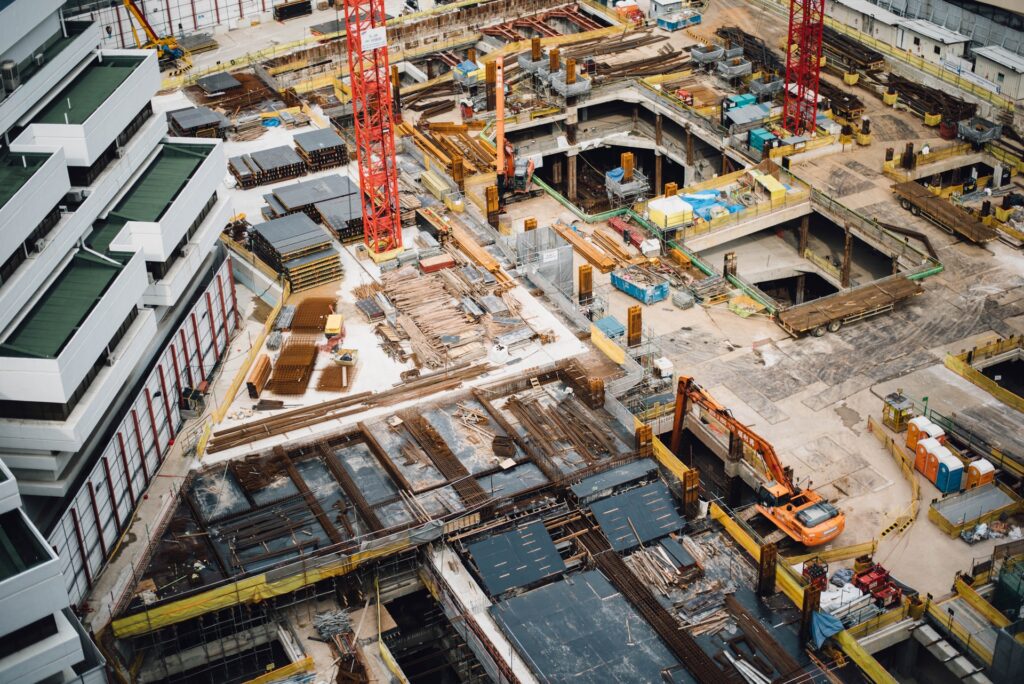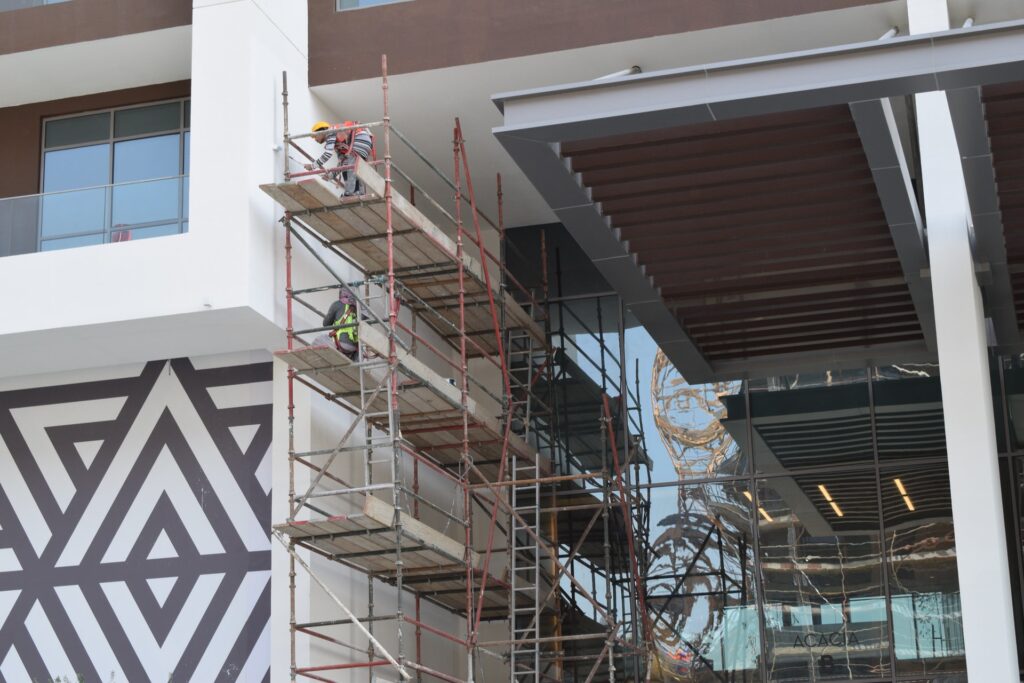
What is a Certificate of Occupancy (CofO) and Do I Need One for My Property?
When you’re getting ready to construct a new building or are in the process of changing the ownership of a specific property, you may need to obtain a Certificate of Occupancy. A Certificate of Occupancy is a kind of document that officially proves that a building complies with the development plans that were submitted to the local building authority, which would be LADBS for anyone who operates out of Los Angeles. If you need to obtain a Certificate of Occupancy, you can do so online via the LADBS website.
The Los Angeles Department of Building and Safety is directly in charge of code enforcement, permitting services, and plan to check, which are necessary for developers who want to complete development on all kinds of different projects. If you need to apply for a building permit or obtain an inspection on a property that you’re constructing, all of this can be done through the LADBS website. Getting a CofO is important if you want to close a development project. Whether you’re performing a property conversion or new construction, a CofO will allow you to officially close the project after construction has been completed and all of the necessary inspections have taken place.
This article offers a guide on the Certificate of Occupancy and when you might need one.
What is a Certificate of Occupancy?
A Certificate of Occupancy is a type of document that’s used to denote that a building fully complies with the development plans that were originally submitted and approved by the local building authority. The exact requirements for a Certificate of Occupancy can depend on the location where the project took place, which would likely be Los Angeles in your case. This document certifies that the property that has recently been constructed or converted complies with all building codes while also being fit for occupancy by a business or individual.
The document serves three separate purposes, which include:
- Telling you what the structure is used for
- Telling you that the structure is wholly suitable for occupancy
- Telling you that the structure complies with all building codes
There are a wide range of building codes that your property must adhere to before a CofO will be granted. If the property that you’re working on qualifies for all of these purposes, you should be able to obtain a Certificate of Occupancy without issue.
How to Obtain a Certificate of Occupancy in Los Angeles?

If you want to obtain a Certificate of Occupancy in Los Angeles, you will need to do so through the LADBS website, which is a simple and straightforward way to register. Keep in mind that you can also visit a LADBS location to apply for one of these certificates.
Their five primary locations throughout Los Angeles include:
- South LA
- West LA
- Metro (Downtown)
- Van Nuys
- San Pedro
When you navigate to this link, you will find a copy of the Certificate of Occupancy that you can download, fill out, and mail to your nearest LADBS office.
The time it takes to get a Certificate of Occupancy once you apply for one all depends on what more needs to be done for full compliance. If you’ve hired a professional engineer or architect to create development plans for the property, these plans should be provided to the LADBS for review. When the plans are approved and you’ve obtained the necessary building permits, all that’s left is for you to complete construction and request inspections on the property. If you pass the inspection without issue, you can then request a Certificate of Occupancy. This certificate should be processed within a week at most.
Required Inspections

Before you are issued a Certificate of Occupancy, inspections will need to be performed on your property. While there are a variety of different inspections that may need to be completed before you are granted a CofO, the two most common inspections include a fire safety inspections and a general inspection on the work that you’ve done.
In order for you to pass a fire safety inspection, a fire marshal will need to travel to your property to make sure that the structure is equipped with enough smoke detectors, that sprinkler systems and fire extinguishers are readily available, and that a certain number of people can enter the property at a given time without issue.
As for the general inspection, this type of inspection must be completed by a general inspector who has been licensed by the state of California. The inspector will take time to review the plumbing, electrical systems, and structural integrity of the property, after which they will determine if the property is fit for occupancy. If you happen to fail one of these inspections, you will likely be given a short period of time to make the necessary fixes before another inspection is held.
When Would I Need a Certificate of Occupancy?

While not every type of construction requires a Certificate of Occupancy, there are many reasons why you may need one before you’re able to close on a project.
The various situations where a CofO might be necessary include:
- Construction of a new building
- Converting the basic use of the property in question, which could be something like converting an apartment into a retail building
- To mark a change in ownership of the property
- To mark a change in occupancy of the property
What Happens If I Don’t Get One?

If you want to be able to close on a property, it’s not possible for you to forego getting a Certificate of Occupancy. The exact fines you would need to pay for not obtaining a CofO depend primarily on the type of property you’re building and what the LADBS wants to do in this situation. For instance, it’s possible that the city could sue you, which is relatively uncommon.
In the event that you don’t obtain a Certificate of Occupancy when you’re required by law to do so, you would likely pay hefty fines. In many cases, these fines will increase with each passing day that you don’t have a Certificate of Occupancy for the property that you’ve developed. Because of how easy it is to go to the LADBS website and obtain a CofO, it’s highly recommended that you register for one as soon as possible. As long as your property is able to pass the necessary inspections, there’s no reason that you should wait to get a CofO.
If you haven’t registered for a Certificate of Occupancy, the potential issues that you may face include:
- High fines
- Code enforcement liens that make it difficult to sell the property
- A lawsuit by the city
- Forced demolition of the property
No matter which of these problems occurs from not getting a CofO, your financials will likely take a hit. You can know if a CofO is required by looking at the examples of projects listed earlier or by directly contacting your local LADBS office.
The Bottom Line of Obtaining a Certificate of Occupancy

No matter what kind of project you’re working on, it’s important that you get in touch with LADBS to determine if a Certificate of Occupancy is needed. Without this certificate, you may be required to wait a significant period of time before you’re able to close on the property. In order to obtain one of these certificates, it’s essential that the property you’ve been working on is able to pass all of the necessary inspections while also complying with local building codes. If you have already submitted your development plans to the LADBS for review and have received approval, there’s very little reason why you wouldn’t be able to qualify for a Certificate of Occupancy.
Keep in mind that it’s possible for you to obtain a temporary Certificate of Occupancy, which you can learn more about at this link. This particular CofO is administered in the event that basic occupancy requirements have been satisfied but you have yet to reach full compliance. If you decide to register for a temporary CofO, it should last for 90 days while you make sure that the building gets up to full compliance. Obtaining a temporary CofO should help you avoid any fines or legal issues with your property.
You can find out more information about the LADBS CofO by going to this link. Additional information about this type of certificate can be found here. If you’ve never before worked on a development project that requires a CofO, it’s important to understand that this certificate is legally required to make sure that the property is fit for occupancy. If you attempt to complete development without this certificate, you are opening yourself up to fines, potential legal action, and possible demolition of the property. Registering for a Certificate of Occupancy today will allow you to close on the project without issue.

Jason Somers, President & Founder of Crest Real Estate
With over 15 years of professional experience in the Los Angeles luxury real estate market, Jason Somers has the background, judgement and track record to provide an unparalleled level of real estate services. His widespread knowledge helps clients identify and acquire income producing properties and value-ad development opportunities.
Learn more about Jason Somers or contact us.



